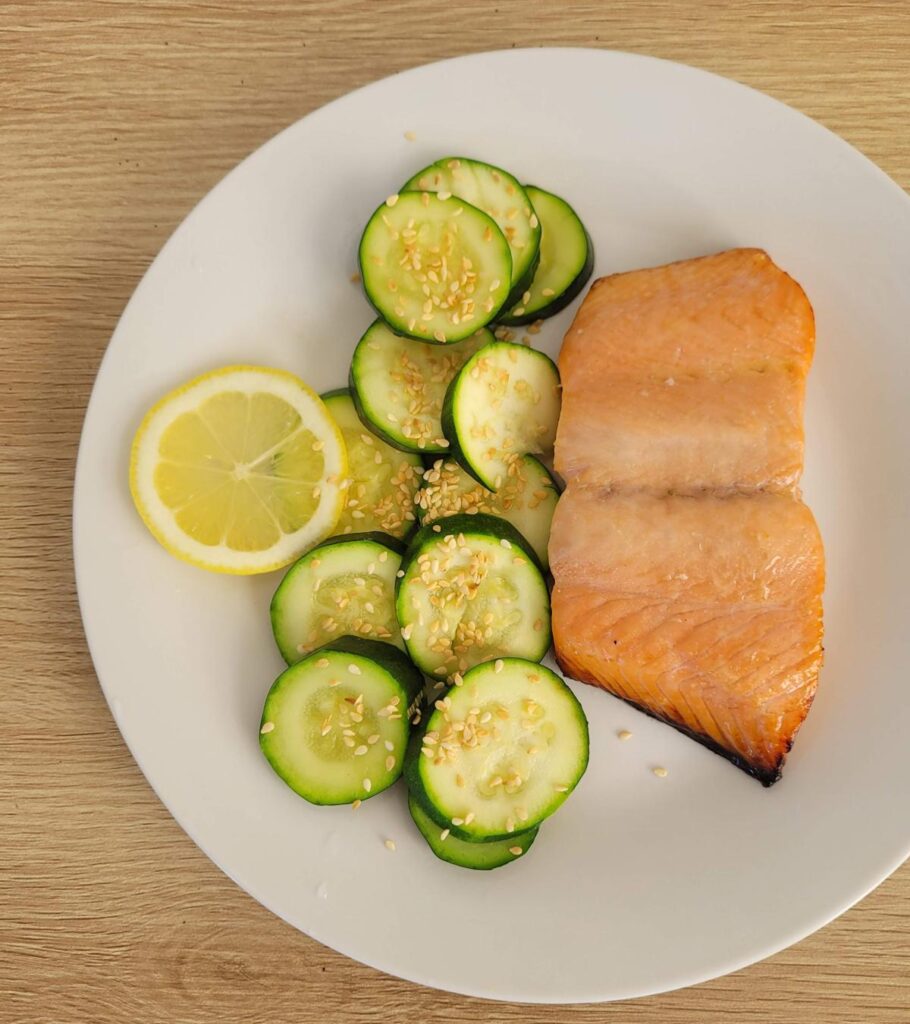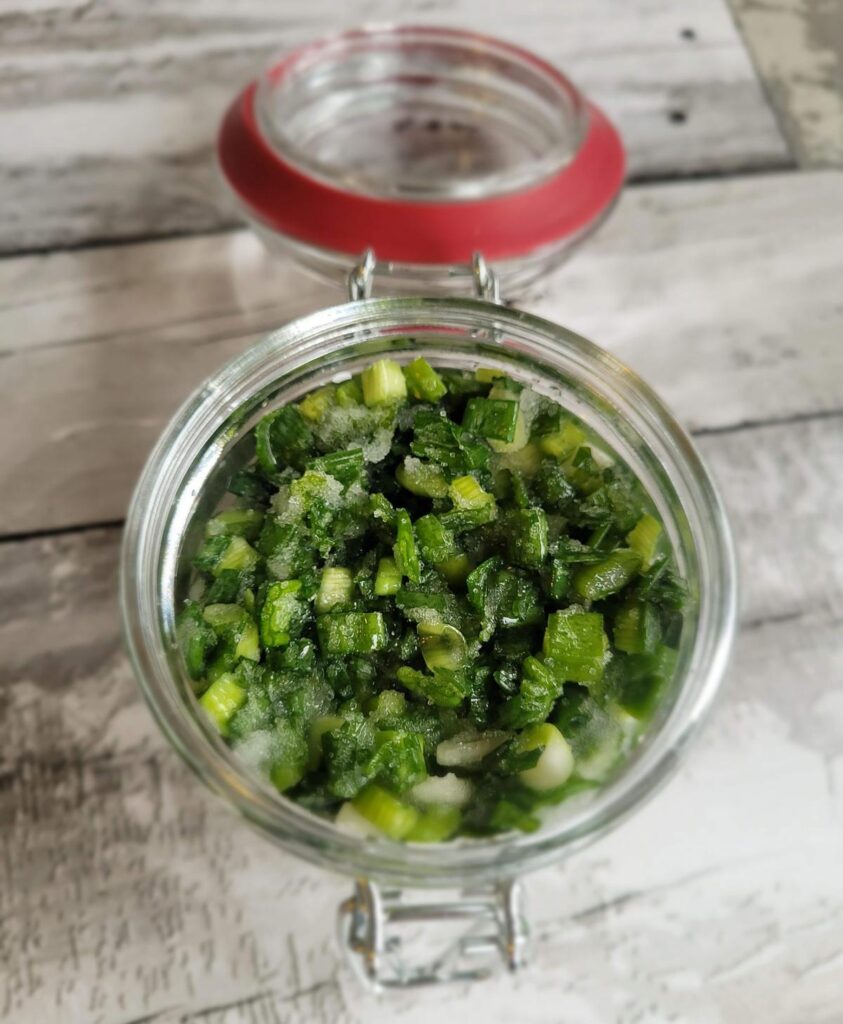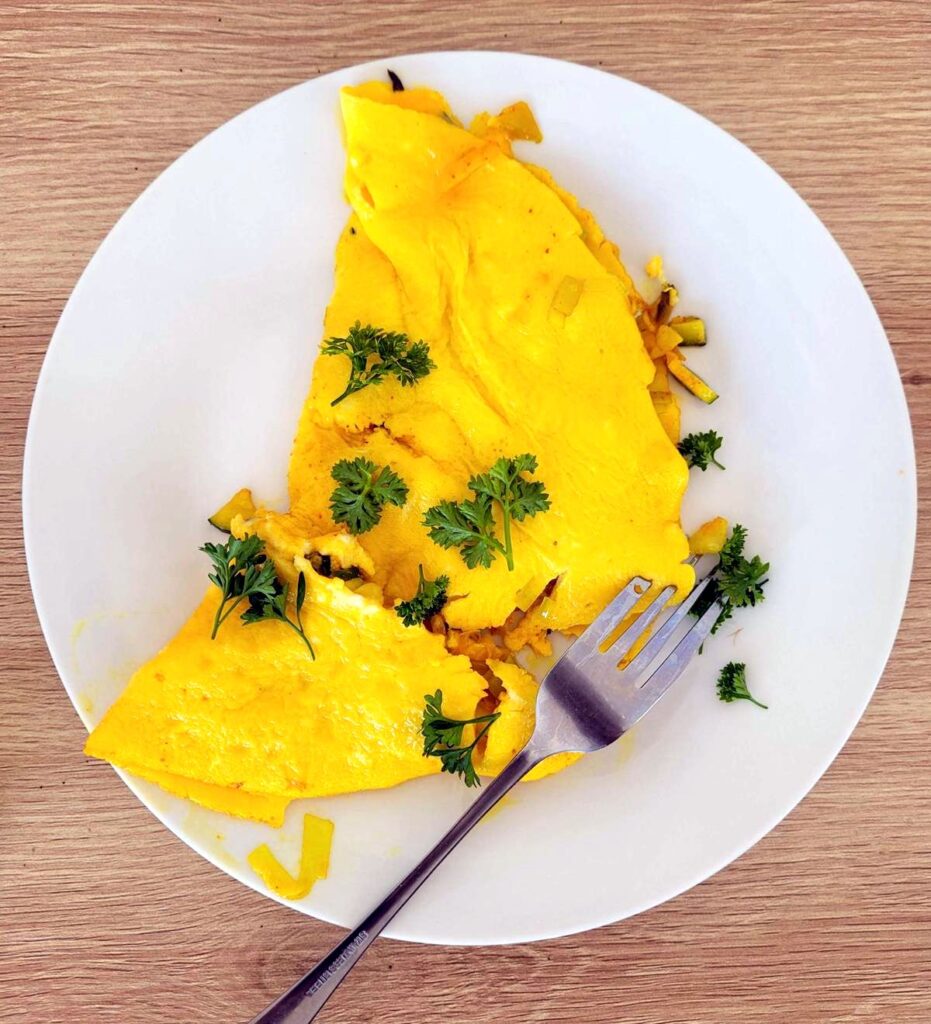
The Miracle of Salt: Recipes and Techniques to Preserve, Ferment, and Transform Your Food is Canadian author Naomi Duguid’s ninth book. Her first six, written with former husband Jeffrey Alford, broke new ground for food writers, combining photojournalism, culinary anthropology, travelogue and recipe writing in a distinctive, award-winning style. In her solo works, (Burma and Taste of Persia) we see Duguid writing with even greater authority, her engaging style underpinned by an impressive depth of research and accumulation of knowledge built up over years of travel and engagement with other cultures. All this talent and experience is brought to bear in The Miracle of Salt.
Within a couple of days of receiving the book, my kitchen counters and refrigerator were filling up with foods in the process of being transformed – purely by the presence of salt. It’s an ingredient so familiar to cooks that we tend to take it for granted. But as Duguid points out, it is also an essential ingredient in age-old preservation techniques that have been used all over the world to enhance flavours and extend the shelf life of seasonal and perishable ingredients.
The book is divided into two parts. The Salt Larder explores the various techniques of salt preservation and the foods that cooks have developed over the centuries in pursuit of palatability and food security. You’ll learn how to make flavoured salts and condiments, to brine vegetables and to preserve meats, seafood, grains, dairy foods and eggs. Projects range from the dead easy (flavoured salts, quick pickles) to the more elaborate (salted, air-cured meats, fermented grains) but Duguid’s clear instruction and encouraging voice (If I can do this you can!) inspire confidence to tackle even the more challenging projects.
The second part of the book, From Larder to Table, contains recipes for dishes that make use of salt-preserved ingredients – either home-made or store bought. So even if you don’t want to invest several months in making your own miso, you can still enjoy homemade miso soup or Miso Cookies with Dark Chocolate Chips (yum!). And there’s a host of ideas for how to use canned anchovies, or a jar of store-bought kimchi.

Interleaved throughout are ingredient profiles, taking a closer look at items like fish sauce, black beans, fish roe, Japanese salted plums, olives, capers and more, that play an important role in global cuisines, along with vignettes that visit some of the world’s most extraordinary salt-producing regions. From the crystalline salt terraces at Maras, high in the Andes, to the pink-tinted crusts of Lac Rose in Senegal, we learn just how labour-intensive traditional methods of procuring salt are, and come to understand why such a high value was placed upon the commodity in the ancient world.
There is also a wealth of information about the chemistry of salt – in our bodies, our kitchens and on our tables – and a very useful primer on the many different types of salt available in grocery store aisles. Did you know, for example, that pickling salt is free of additives ant-caking agents that might interfere with the preserving process, or that the crystals of kosher salt are deliberately shaped to cling to the surface of meats? There is also important information about food safety and enough technical detail to reassure novice preservers that they are in trusted hands.
Duguid’s enthusiasm for making her own salt-preserved foods is infectious. “When I preserve food this way, I feel that I’m in conversation with, and learning from, cooks and dairymaids, farmwives and charcutiers, and many others past and present who have worked with, and still work with, salted foods,” she writes. “There’s a feeling of wealth when I put up sauerkraut or miso or salted lemons or salt pork: all that real food and flavor, made from scratch and so useful.”
I was pleased that Duguid has chosen to adapt traditional recipes to the smaller quantities more appropriate to the way we cook today. I don’t need a whole haunch of pork curing in my rafters nor a cellar full of brined eggs in order to survive through the seasons, but there’s a great amount of satisfaction to be gained from entering the world of salt alchemy on a smaller scale, and watching the process of transformation take place.

I started with some simple projects. Acadian Salted Scallions (oignons salées) are a cinch – just chopped scallions layered with coarse salt, but they look so pretty and the jar and turn out to be a surprisingly useful “taste of summer in winter,” as Duguid puts it. They’ll keep for up to year without refrigeration and with a jar sitting on the counter, I found myself adding a pinch to everything from scrambled eggs and grilled cheese sandwiches to soups and stews. Equally easy, and useful, were salted red onions and salted chiles. No need to peel and chop aromatics when there’s a jar of these umami boosters close at hand.
Short-term projects like these deliver instant gratification and inspire confidence to tackle more complex experiments. I can’t report yet on how my salted egg yolks and preserved lemons will turn out but I’m betting they’ll deliver a similar degree of satisfaction. I’ve earmarked some projects for the summer – brined tomatoes sound good and I love the idea of making my own duck breast prosciutto.
On to the recipe section, From Larder to Table – a globally inspired collection of dishes that feature salted foods.
The classic Italian dish Pasta Putanesca is a perfect example of how just three salt-preserved ingredients can imbue a simple dish with deep and satisfying taste. The umami-triple-whammy of olives, capers and anchovies turns spaghetti and tomatoes into a sophisticated one-bowl meal with a complex layering of flavours.
A dish of cabbage and potatoes studded with nuggets of salted pork was homely and tasty, another demonstration of how just a small amount of an ingredient whose flavours have been concentrated by salting can lift humble ingredients to new heights. The flavour of Japanese-Style Salted Salmon, enhanced by a brief cure in mirin and salt, was another revelation. Spinach with Sesame elevates the flash-fried greens with soy sauce, lemon juice and gomaiso (a mix of salt and sesame seeds).

The pickled red onions I’d made went on top of Thai-Style Grilled Beef Salad. Store-bought kimchi went into pancakes, served with a tart and salty dipping sauce. And who but a free-spirited cook with a finely tuned palate would have thought to put kimchi in an omelet? Miraculous indeed!
Duguid’s fascination with the transformative property of salt and its importance in cuisines all over the world, spills over in the pages of The Miracle of Salt. I‘m tempted to call it her finest work but from this perennially curious author I’m sure there’s more to come.
See all of our cookbook reviews on Pinterest!


